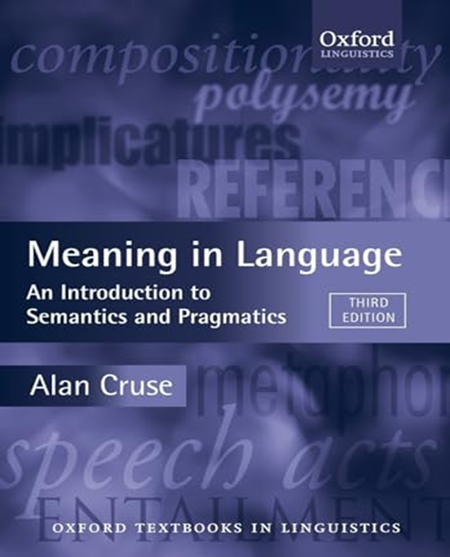Preamble
Part-of-speech (POS) tagging is the process of marking up words in a text with their corresponding part of speech based on their definition and context. For Arabic, POS tagging is more complex than English because of its rich morphology. In Modern Standard Arabic (MSA) grammar, part-of-speech hierarchy is based on classical Arabic grammar where words are classified into three primary categories. Particle (???, Hurf), Verb (???, Fi‘l), Noun (???, Ism). The set of nominal include nouns, pronouns, adjectives and adverbs. The particles include prepositions, conjunctions and interrogative, as well as many others. This system forms the core structure of Arabic grammar and anything else, is but a detailed subdivision of these main classes. These three categories are:
A noun in Arabic refers to a word that describes a person, place, thing, or idea. It can also include an adjective, a pronoun and other subcategories. Nouns are independent and don’t typically change in tense.
Characteristics of nouns:
1. Noun (???, Ism)
Subcategories:
2. Verbs (???, Fi‘l)
Verbs in Arabic denote actions or states of being and are inflected for tense (past, present, and future), person, gender, and number.
These are verbs that express physical or mental actions. They indicate something that the subject is doing or has done.
Examples:
Stative Verbs (??? ??????)
Stative verbs express a state or condition of being, rather than an action. They indicate situations or states in which the subject exists, such as possession, emotions, or characteristics.
Examples:
These verbs typically answer the question “What is the subject like?” or “In what state is the subject?”
Characteristics of verbs:
Subcategories:
3. Particles (????, Huruf)
Particles are words that don’t fit into the noun or verb categories. They usually serve as connectors or modifiers, having no independent meaning but influencing the meaning of the sentence. Particles are not inflected and can be short, functional words.
Hierarchy and Interactions
The three main categories (nouns, verbs, and particles) form the foundation of the Arabic part-of-speech hierarchy. Each of these categories is further subdivided into more specific classes that govern their interactions. The hierarchical relationships between them can be summarized as:
Nouns can interact with:
Verbs can interact with:
Particles interact with:
Examples of the Hierarchy in Use:
Noun-Adjective Agreement:
Verb-Noun Agreement:
Particle-Noun & Particle-Verb Relations:
He did not write (?? ????): The negative particle “??” negates the verb “????” (he writes), turning it into a past-tense negation.
 tique erat amet turpis pede congue eget per mollis suscipit enim cursus arcu a senectus commodo sociis Magna interdum litora faucibus praesent leo ullamcorper erat nam congue odio sapien dignissim.
tique erat amet turpis pede congue eget per mollis suscipit enim cursus arcu a senectus commodo sociis Magna interdum litora faucibus praesent leo ullamcorper erat nam congue odio sapien dignissim.
In the house ( ?? ?????): The preposition “??” (in) is a particle, and it governs the noun “?????” (the house), which is in the genitive case.
Post Disclaimer
Disclaimer/Publisher’s Note: The content provided on this website is for informational purposes only. The statements, opinions, and data expressed are those of the individual authors or contributors and do not necessarily reflect the views or opinions of Lexsense. The statements, opinions, and data contained in all publications are solely those of the individual author(s) and contributor(s) and not of Lexsense and/or the editor(s). Lexsense and/or the editor(s) disclaim responsibility for any injury to people or property resulting from any ideas, methods, instructions or products referred to in the content.


Comments are closed.